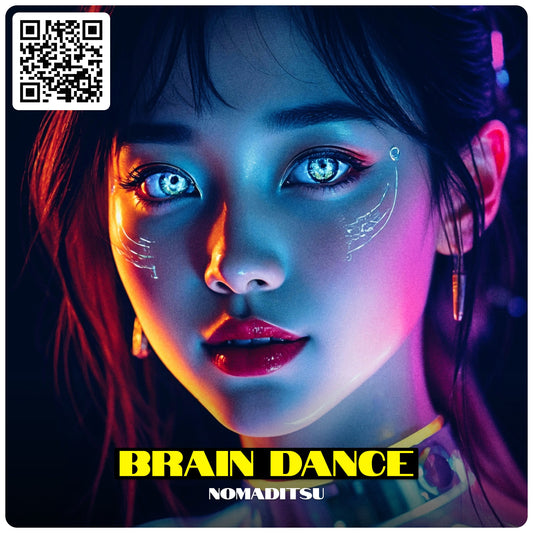

Video Description
Preview & Introduction
It has different categories so let's pick animal and then you have this generate button and we have "What do you call a bear with no teeth? A gummy bear." Amazing. Claude, it's time for another tutorial. Anthropic just dropped their latest AI model Claude 3.5 Sonnet and word on the street is Sam Altman is sweating more than Gordon Ramsay on Hot Ones. On top of that, they released a new feature that will transform how you collaborate with AI forever. So if you want to take advantage of the spicy AI update, don't forget to hit like, subscribe, and let's take a deep dive.
Overview & Agenda
Quick high-level overview: What are we covering today? 1. Context – What is Claude? 2. Model updates – a quick rundown of everything that's changed and what that all means. 3. The brand new artifacts feature – super exciting, and find out what you're going to be able to do with that. 4. An actual use case with a demo. 5. Recap. For expert users, there are chapters, so feel free to skip ahead.
What is Claude & Sonnet?
Claude is a series of AI chatbots developed by Anthropic and available in three sizes to cater to different needs. Sonnet is the medium-sized model, with Haiku being the smallest and Opus the largest. Large language model makers typically make three different size models to cover different use cases and trade-offs. Using a Pokémon analogy: Charmander (small), Charmeleon (medium/Sonnet), and Charizard (large/Opus). Each is suited to different tasks.
Why Sonnet is a Big Deal
Sonnet is two times faster and five times cheaper than Opus, the previous best model, and is also more powerful. Anthropic plans to update Haiku and Opus later this year. Sonnet also outperforms the competition, including OpenAI's GPT-4o, based on benchmark test scores.
Model Updates & Features
- Improved performance: 2x faster than Opus
- Enhanced reasoning: better at graduate-level benchmarks
- Advanced coding: solves 64% of internal benchmark problems
- Improved vision: better at interpreting visual data
- Increased accessibility: now available for free
- New artifacts feature: real-time content collaboration
Artifacts Feature Deep Dive
Artifacts are both the things you create with AI and a new way to interact and collaborate with the AI on those creations. You can view, edit, and build upon generated content in real time. The artifacts panel (chat controls) lets you manage and iterate on multiple versions of your creations, including code, documents, diagrams, and more.
Demo: Joke Generator
Live demo building a random joke generator with Claude Sonnet using the artifacts feature. Features include joke categories, a rating system, and bookmarking favorite jokes. The artifacts panel allows easy access to all created items and previous versions.
Community Creations
Showcase of impressive community projects built with artifacts: a spaceship lander game, Tetris, and a Doom-style zombie shooter—all running inside the artifacts panel.
Recap & Call to Action
The new Sonnet model is the fastest, cheapest, and most powerful chatbot available, and it's free for everyone. The artifacts feature transforms AI collaboration. Viewers are encouraged to try it, create, and share their projects in the comments. Like and subscribe for more updates.
Transcript
Preview & Introduction
It has different categories so let's pick animal and then you have this generate button and we have "What do you call a bear with no teeth? A gummy bear." Amazing. Claude, it's time for another tutorial. Anthropic just dropped their latest AI model Claude 3.5 Sonnet and word on the street is Sam Altman is sweating more than Gordon Ramsay on Hot Ones. On top of that, they released a new feature that will transform how you collaborate with AI forever. So if you want to take advantage of the spicy AI update, don't forget to hit like, subscribe, and let's take a deep dive.
Overview & Agenda
Quick high-level overview: What are we covering today? 1. Context – What is Claude? 2. Model updates – a quick rundown of everything that's changed and what that all means. 3. The brand new artifacts feature – super exciting, and find out what you're going to be able to do with that. 4. An actual use case with a demo. 5. Recap. For expert users, there are chapters, so feel free to skip ahead.
What is Claude & Sonnet?
Claude is a series of AI chatbots developed by Anthropic and available in three sizes to cater to different needs. Sonnet is the medium-sized model, with Haiku being the smallest and Opus the largest. Large language model makers typically make three different size models to cover different use cases and trade-offs. Using a Pokémon analogy: Charmander (small), Charmeleon (medium/Sonnet), and Charizard (large/Opus). Each is suited to different tasks.
Why Sonnet is a Big Deal
Sonnet is two times faster and five times cheaper than Opus, the previous best model, and is also more powerful. Anthropic plans to update Haiku and Opus later this year. Sonnet also outperforms the competition, including OpenAI's GPT-4o, based on benchmark test scores.
Model Updates & Features
- Improved performance: 2x faster than Opus
- Enhanced reasoning: better at graduate-level benchmarks
- Advanced coding: solves 64% of internal benchmark problems
- Improved vision: better at interpreting visual data
- Increased accessibility: now available for free
- New artifacts feature: real-time content collaboration
Artifacts Feature Deep Dive
Artifacts are both the things you create with AI and a new way to interact and collaborate with the AI on those creations. You can view, edit, and build upon generated content in real time. The artifacts panel (chat controls) lets you manage and iterate on multiple versions of your creations, including code, documents, diagrams, and more.
Demo: Joke Generator
Live demo building a random joke generator with Claude Sonnet using the artifacts feature. Features include joke categories, a rating system, and bookmarking favorite jokes. The artifacts panel allows easy access to all created items and previous versions.
Community Creations
Showcase of impressive community projects built with artifacts: a spaceship lander game, Tetris, and a Doom-style zombie shooter—all running inside the artifacts panel.
Recap & Call to Action
The new Sonnet model is the fastest, cheapest, and most powerful chatbot available, and it's free for everyone. The artifacts feature transforms AI collaboration. Viewers are encouraged to try it, create, and share their projects in the comments. Like and subscribe for more updates.



